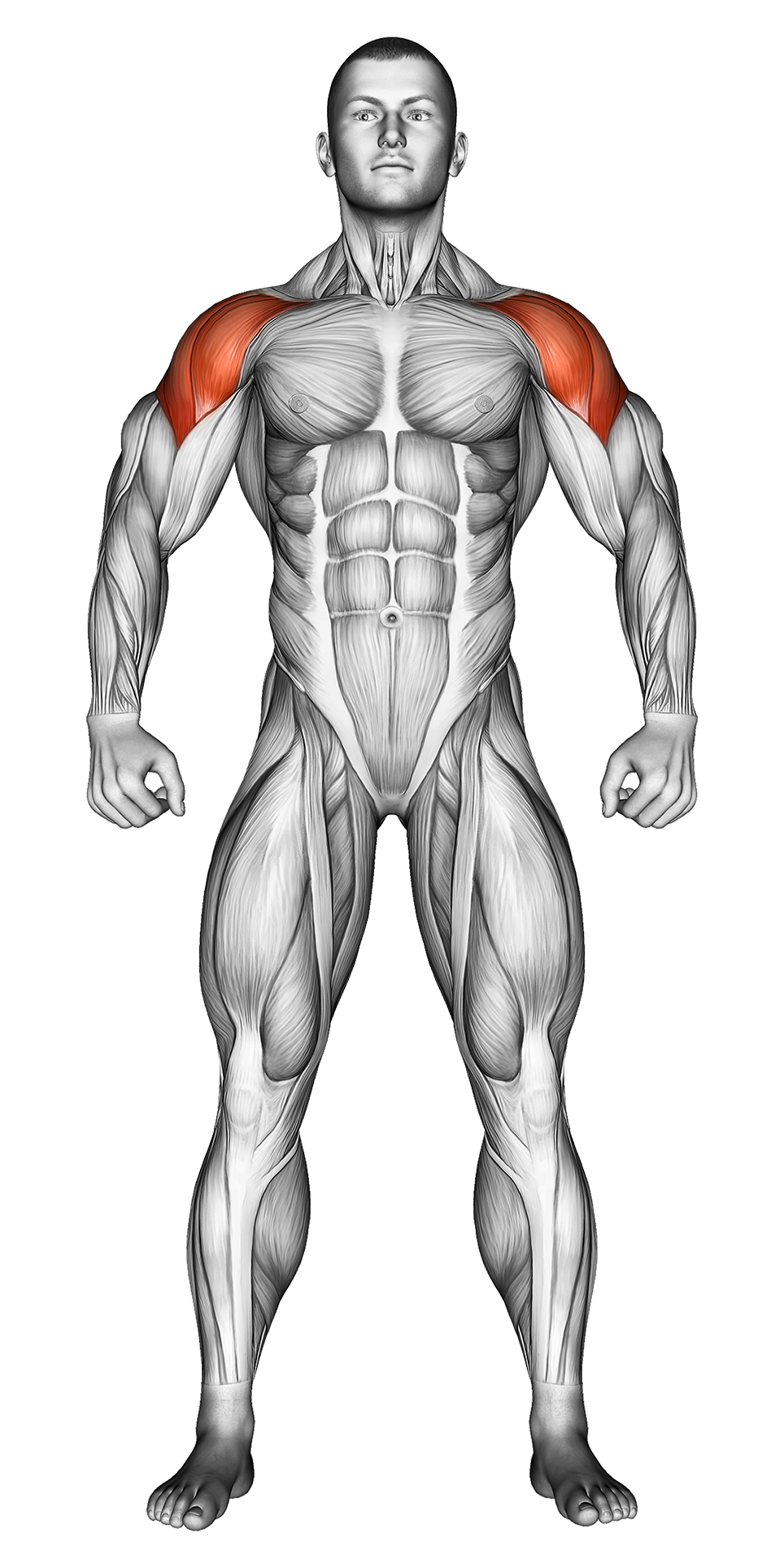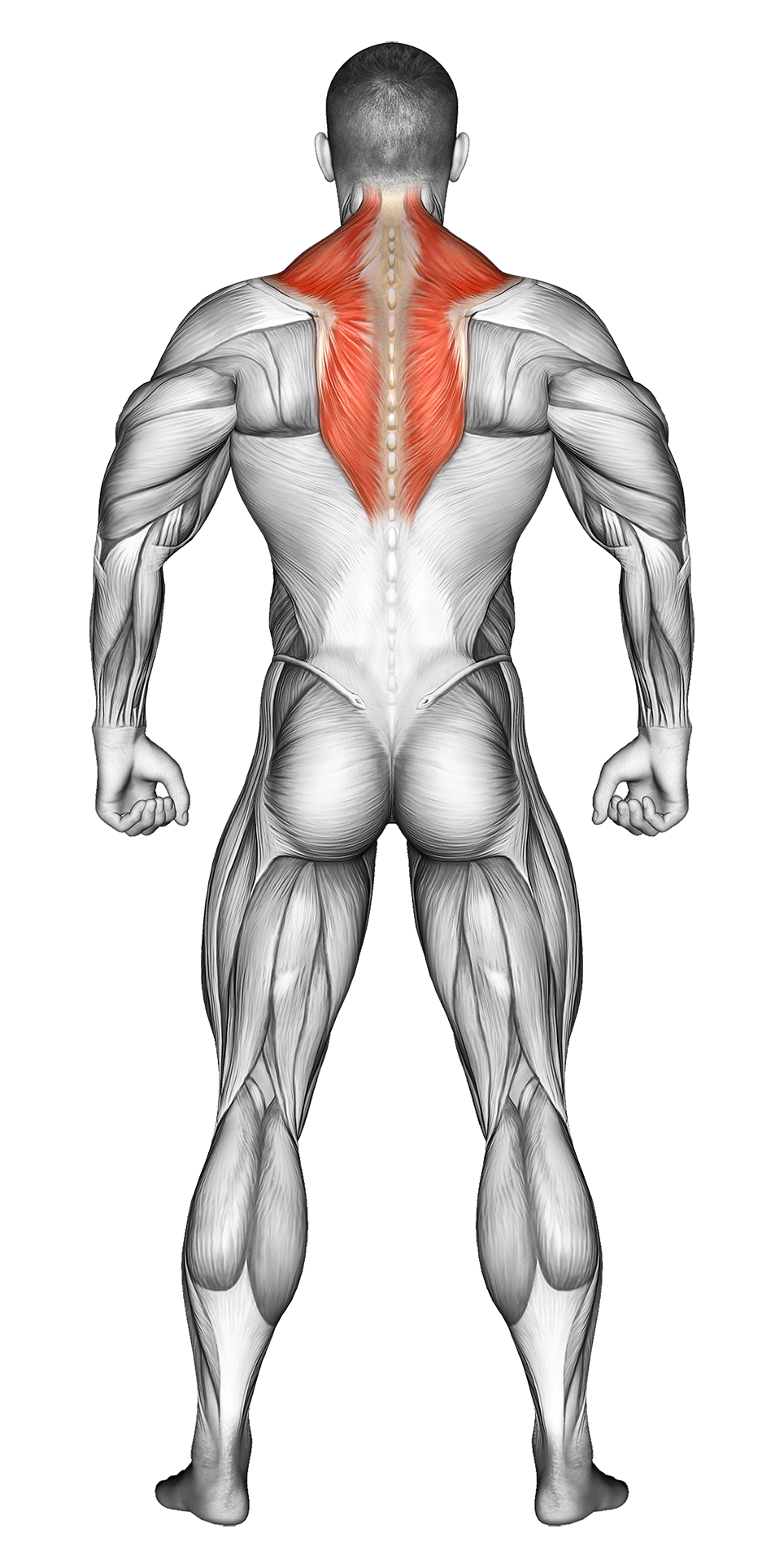Bent Over Cable Crossover Rear Delt Fly: Video Tutorial & Exercise Guide
| Workout | Bent Over Cable Crossover Rear Delt Fly |
| Primary Muscle Group | Shoulders |
| Secondary Muscle Group | Traps |
| Equipment Required | Cable |
| Force Type | Pull |
| Mechanics | Isolation |
| Exercise Type | Strength |
| Difficulty | Intermediate |
Bent Over Cable Crossover Rear Delt Fly: Video Tutorial & Exercise Guide
Muscle Groups
- Primary Muscle Group- Secondary Muscle Group
Bent Over Cable Crossover Rear Delt Fly - Step-by-Step Guide
Bent Over Cable Crossover Rear Delt Fly Overview
Benefits of Bent Over Cable Crossover Rear Delt Fly
Bent Over Cable Crossover Rear Delt Fly Pro Tips & Advanced Techniques
Progression Plan for Bent Over Cable Crossover Rear Delt Fly
Frequently Asked Questions (FAQs) Of Bent Over Cable Crossover Rear Delt Fly
Secondary Muscles
How to do Bent Over Cable Crossover Rear Delt Fly – Step-by-Step Guide
- Step 1: Set the pulleys on a cable machine to the lowest position and attach single-grip handles to each side. Stand between the cables and grab the opposite side handles in each hand, crossing them in front of your body.
- Step 2: Bend forward at your hips, keeping your back flat and your core engaged. Your chest should be parallel to the floor, and your arms should hang straight down toward the floor, with a slight bend at the elbows.
- Step 3: Begin the movement by pulling the handles out to the sides in a wide arc, squeezing your rear delts at the top of the movement.
- Step 4: Control the motion as you bring your arms back to the starting position, keeping the tension on your rear deltoids throughout the movement.
- Step 5: Repeat for the desired number of repetitions, maintaining control and focus on the rear delts.
Bent Over Cable Crossover Rear Delt Fly Overview
The Bent Over Cable Crossover Rear Delt Fly is an effective isolation exercise that targets the rear deltoid muscles. This movement is excellent for developing the rear delts, which are often neglected in traditional shoulder routines. By using cables, you maintain constant tension on the muscle, promoting muscle growth and improved posture.
This exercise can be performed at different angles and with varying resistance, making it suitable for lifters of all levels looking to develop shoulder symmetry and balance.
Benefits of Bent Over Cable Crossover Rear Delt Fly
The Bent Over Cable Crossover Rear Delt Fly isolates the rear deltoids, helping to improve shoulder definition and strength. It also helps enhance posture by targeting muscles responsible for pulling the shoulders back, preventing rounded shoulders. This movement engages the stabilizer muscles in the upper back, making it a functional exercise that contributes to overall upper-body balance and shoulder health.
Additionally, because the cables provide constant tension, the exercise promotes muscle engagement through the entire range of motion, leading to better muscle activation and development.
Bent Over Cable Crossover Rear Delt Fly: Pro Tips & Advanced Techniques
Focus on keeping a slight bend in your elbows throughout the movement to avoid unnecessary strain on your joints. Control the motion both on the way up and down to maximize tension in the rear delts. Avoid using momentum; instead, use a light weight that allows for controlled, smooth repetitions. For added intensity, you can pause at the top of the movement to increase time under tension or increase the resistance gradually as you progress.
Progression Plan for Bent Over Cable Crossover Rear Delt Fly
| Level | Sets | Reps | Progression Tips |
|---|---|---|---|
| Beginner | 2-3 | 8-10 | Start with light resistance and focus on maintaining proper form and a slow, controlled pace. |
| Intermediate | 3 | 10-12 | Increase the weight slightly while keeping your form intact, pausing briefly at the top of each rep for added tension. |
| Advanced | 4 | 12-15 | Use heavier resistance and perform slow, controlled reps with a focus on squeezing the rear delts at the top. |
Frequently Asked Questions (FAQs) of Bent Over Cable Crossover Rear Delt Fly
What muscles do Bent Over Cable Crossover Rear Delt Flys target?
This exercise primarily targets the rear deltoid muscles, while also engaging the upper back and traps.
Can beginners perform Bent Over Cable Crossover Rear Delt Flys?
Yes, beginners can start with light weights and focus on proper form to avoid straining their shoulders or back.
How can I make Bent Over Cable Crossover Rear Delt Flys more challenging?
To increase difficulty, use heavier weights, slow down the movement, or add a pause at the top to maximize muscle engagement.
What common mistakes should I avoid during Bent Over Cable Crossover Rear Delt Flys?
Avoid using too much weight, which can cause you to use momentum and reduce the effectiveness of the exercise. Keep your core engaged and your back flat throughout the movement.
How often should I include Bent Over Cable Crossover Rear Delt Flys in my routine?
Include this exercise 1-2 times per week as part of your shoulder or upper-back workout for balanced shoulder development and improved posture.
Share

